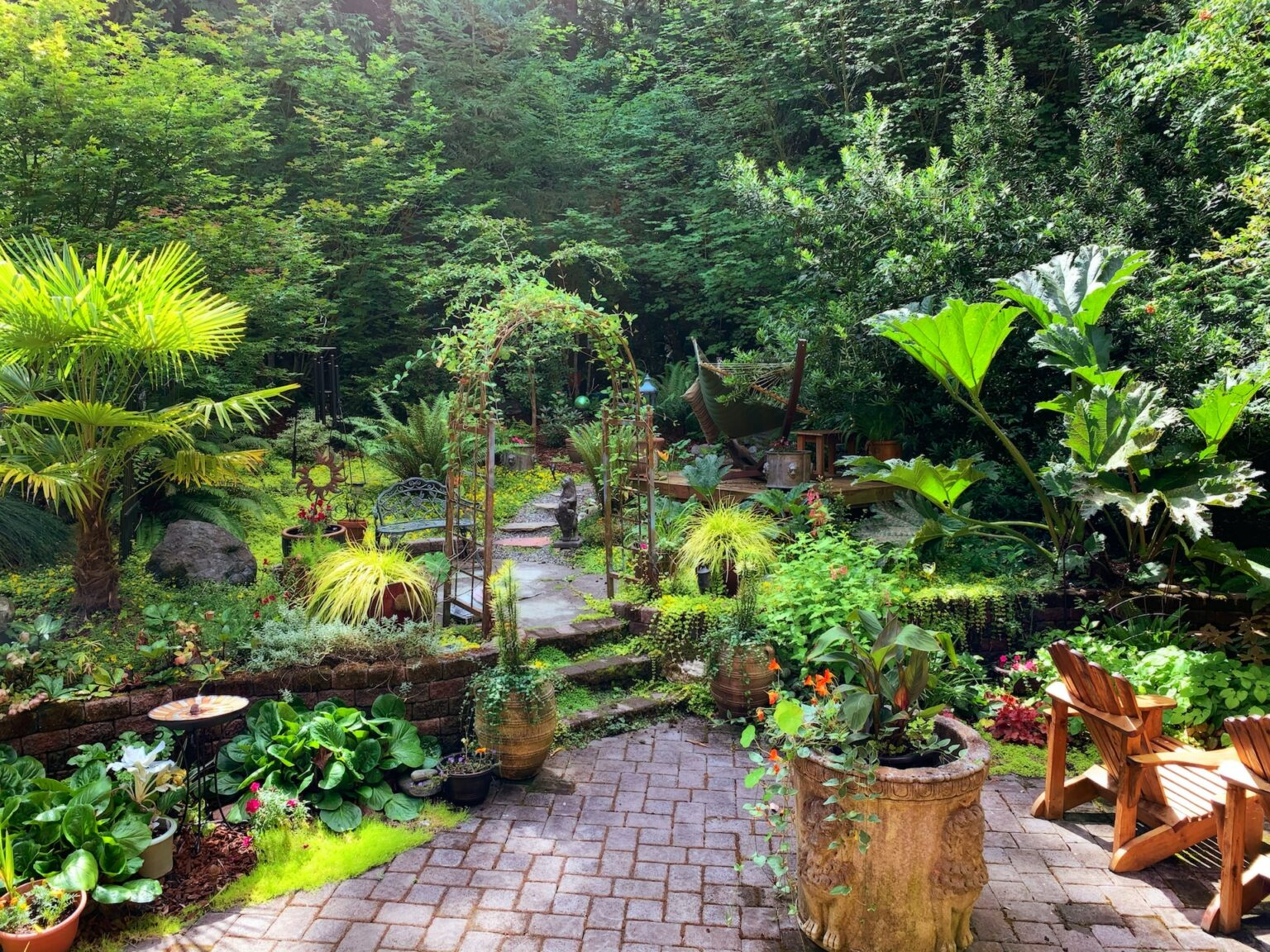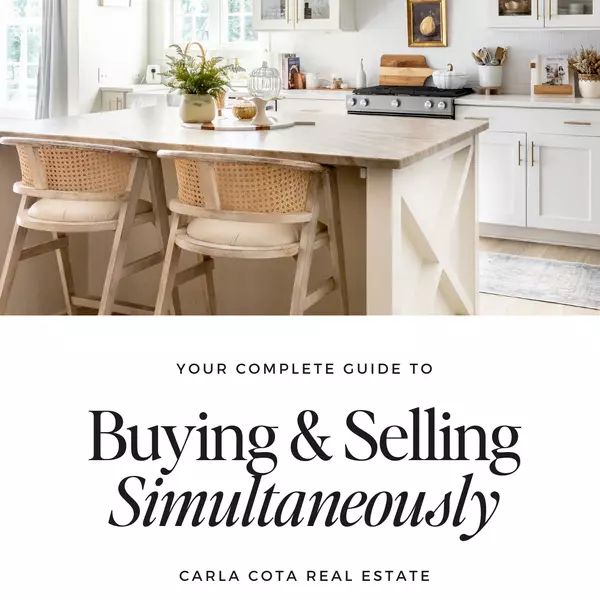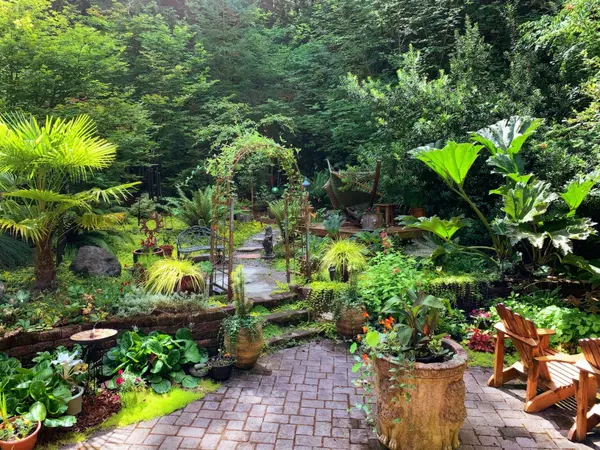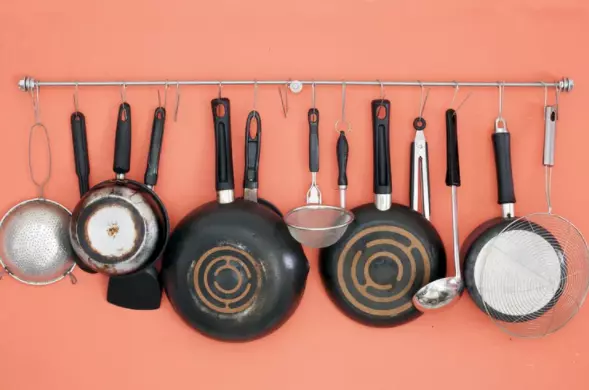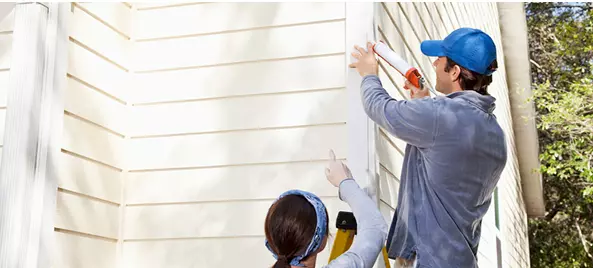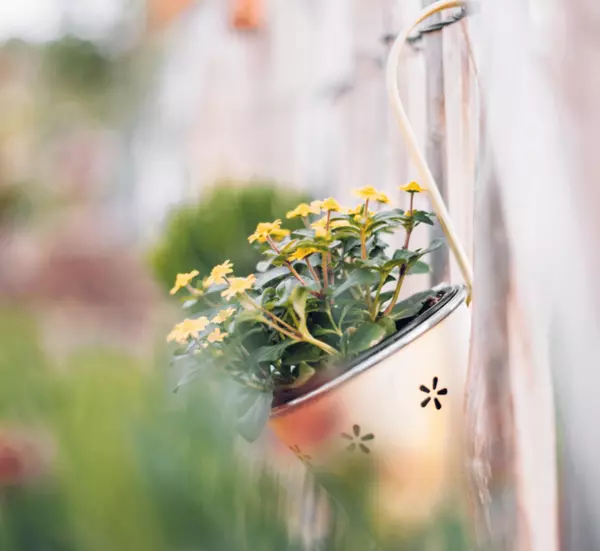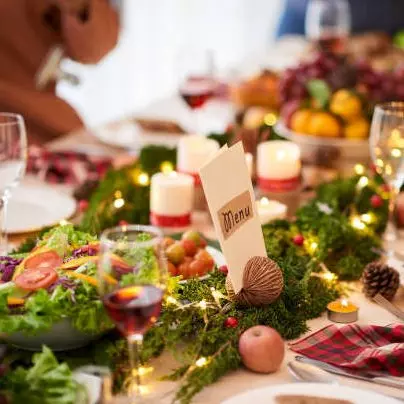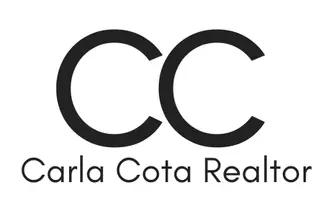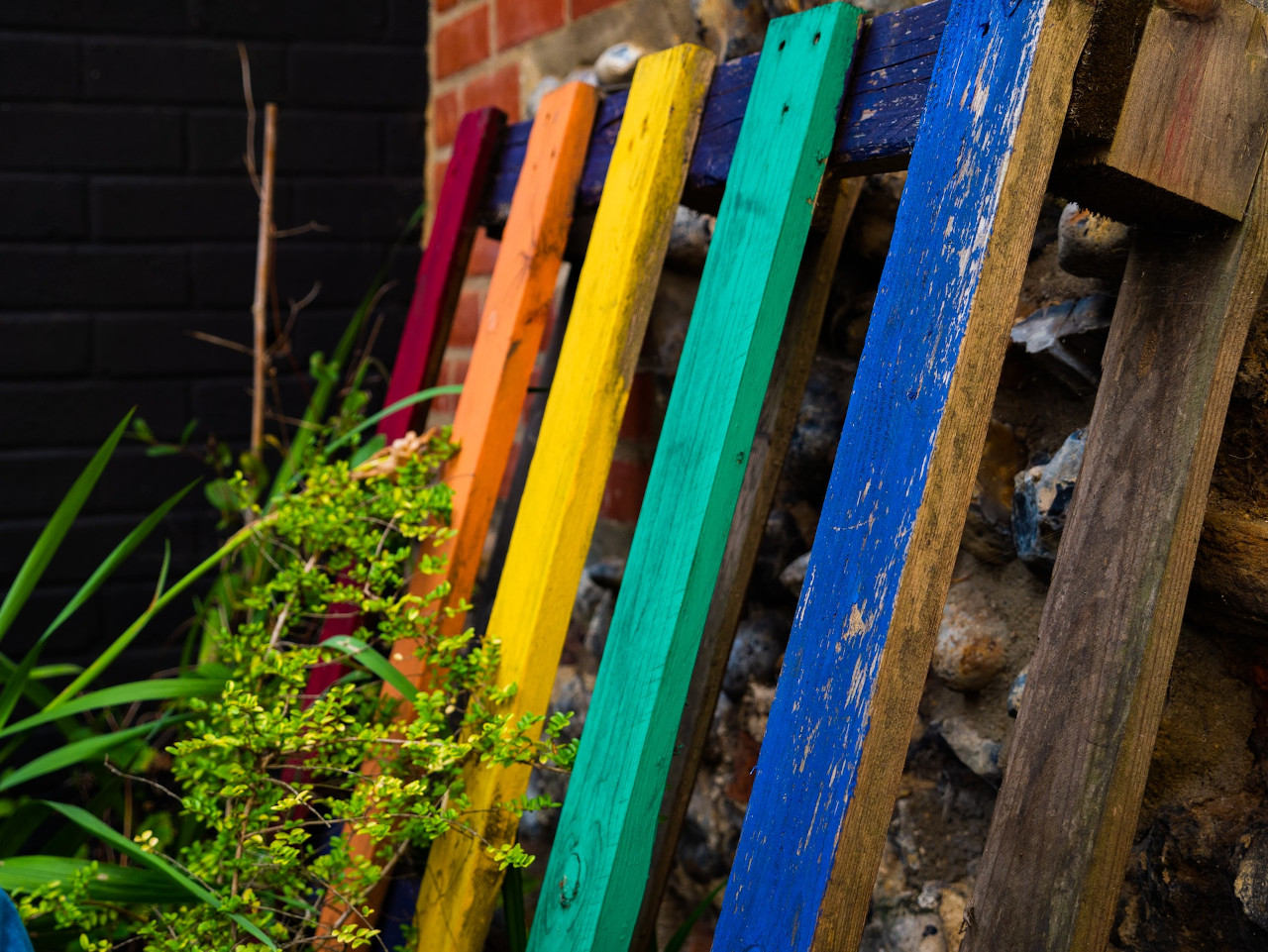
We were inspired by a photo, but thought it could use some improvement. This is what you will need:
- One Pallet
- Hooks for attaching to wall (or just lean it against the wall if you have space)
- Organic Potting Soil
- Landscape fabric
- Approximately 4 plants for every crack between the slats (5 slats = 4 openings or 16 plants)
- Construction stapler
Rather than using the back of the pallet, as is the case in the picture, we are going to use the front to create more space and a more pleasing appearance. Depending on the hardware you find to attach the planter, you will want to install that first.
Now you are ready to prepare the pallet by placing it face down on a flat surface. Stretch the landscape fabric over the back, cut to fit and staple securely in place. Next, turn the pallet over and fill it with potting soil.
Space out the plants in the openings, carefully nesting them in the soil. Another option is to hang the pallet before adding soil in order to cut down on the weight.
Once the pallet is on the wall, water the plants thoroughly and continue watering lightly every day or two, depending on the heat. There are many great herbs you may choose to plant.
- Basil
- Thyme
- Parsley
- Rosemary (this will eventually grow quite large and need to be transplanted to a larger pot later on)
- Oregano
- Chives
- For color, mix a few pansies or dainty alyssum on the pallet.
Vertical Planter – Shutter Version
A variation on the vertical planter utilizes old shutters and succulent plants. Below is a list of needed materials.
- Old shutters
- Succulent plants (the amount depends on how full you want your shutters to be)
- Landscape fabric
- Organic Potting Mix
- Perlite
Succulents do not require much soil, so create pockets out of the landscaping fabric by stapling the edges together and then staple the pocket to the back of the shutters where each plant will be. Add some perlite to the potting soil to allow it to drain more quickly and then fill the pockets with the mixture. Next, attach the shutters to the wall. Tuck the plants into the bags and water them well. Water regularly, but let the soil dry between each watering. Overwatered plants will have soft, discolored leaves. If you see that happening, simply reduce the frequency of your watering.
Toilet Roll Bird Feeder
Every garden needs a bird feeder, right? This project is an easy one. You probably have plenty of empty toilet paper rolls around the house, so grab a couple of those as well in addition to a few other materials.
- One ribbon for each feeder (try varied lengths, colors, and widths for added interest a minimum length of 24 inches is a good start)
- Peanut butter
- Bird seed
That’s it! Now, spread peanut butter on the outside of each empty roll, coating well. Next, roll the coated rolls in birdseed. Finally, put the ribbon through the roll and tie a pretty bow at the top of the ribbon, leaving the length in between the bow and the roll. Hang from a small hook or even a bent nail on your patio roof and watch the birds gather for a tasty treat!
Drawer Planter
This is a fantastic way to add a pop of color to your patio ! Find some old drawers. Whether or not they match is up to you. Paint them several bright colors, distress them, do whatever suits your fancy. Other supplies you will need include
- Stair stingers (something like this)
- Extra boards for the legs or wall brackets
- Potting soil
- Plants
- Drill
- Screws
First, decide if you want your planter to be free-standing or attached to the wall. If you are attaching it to a wall, simply use the required hardware and attach the stringers.
If your potted plants will not be covered by a patio roof, you’ll need to drill about 15-20 small drainage holes in the bottom of your drawers. Next, place the first drawer on the bottom riser and screw it in place. Continue the process with the other drawers.
Finally, put a 1-2 inch layer of gravel in the bottom of your drawers for drainage. Then, simply fill with soil, plant your flowers, and enjoy! If you would like your planter to be free standing, cut two boards to match the height of the stringers and attach them as legs. Affix an additional board across the bottom of the legs and the stringers for added stability. Plant flowers, lettuce, herbs or a combination of all!
